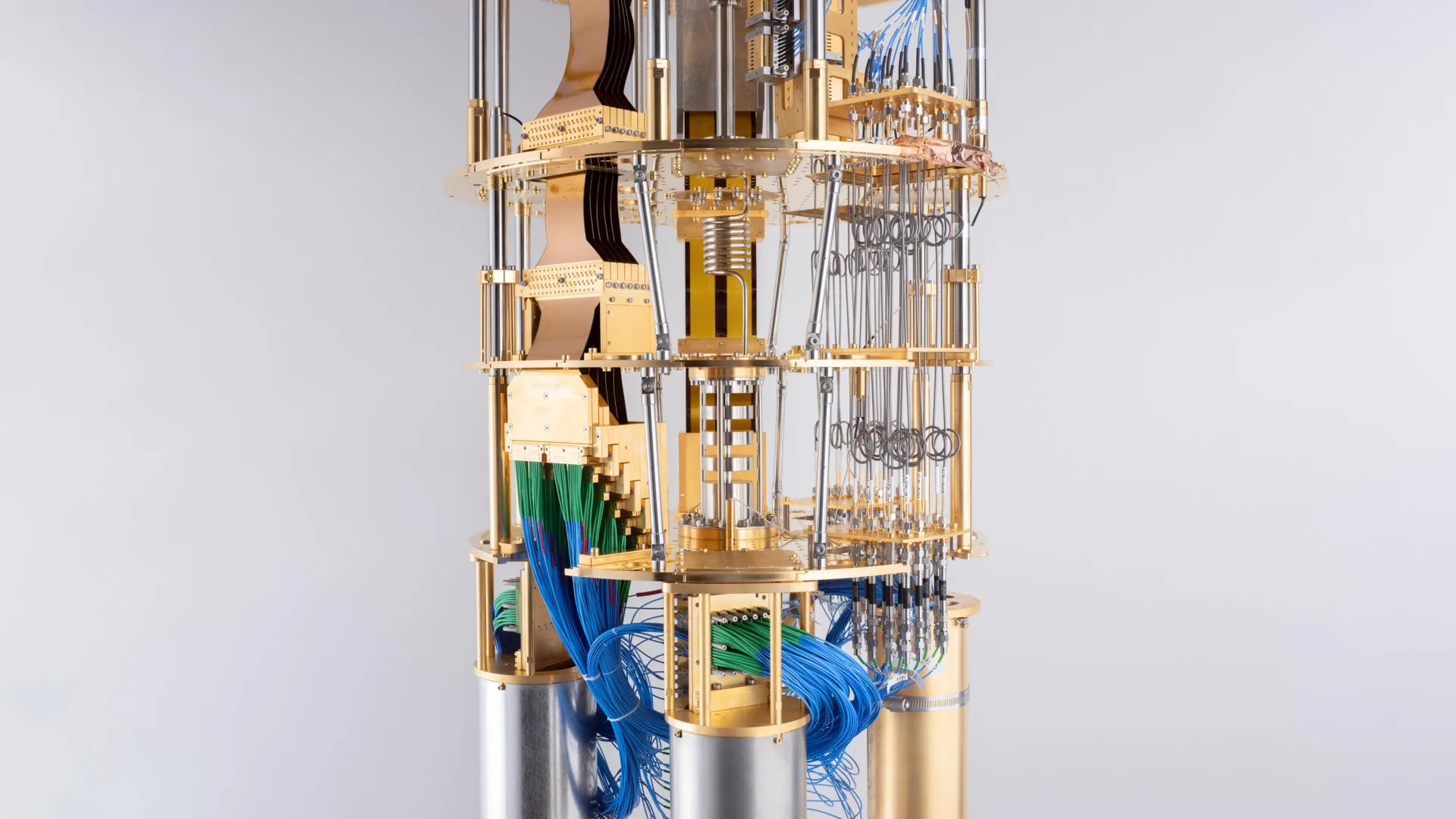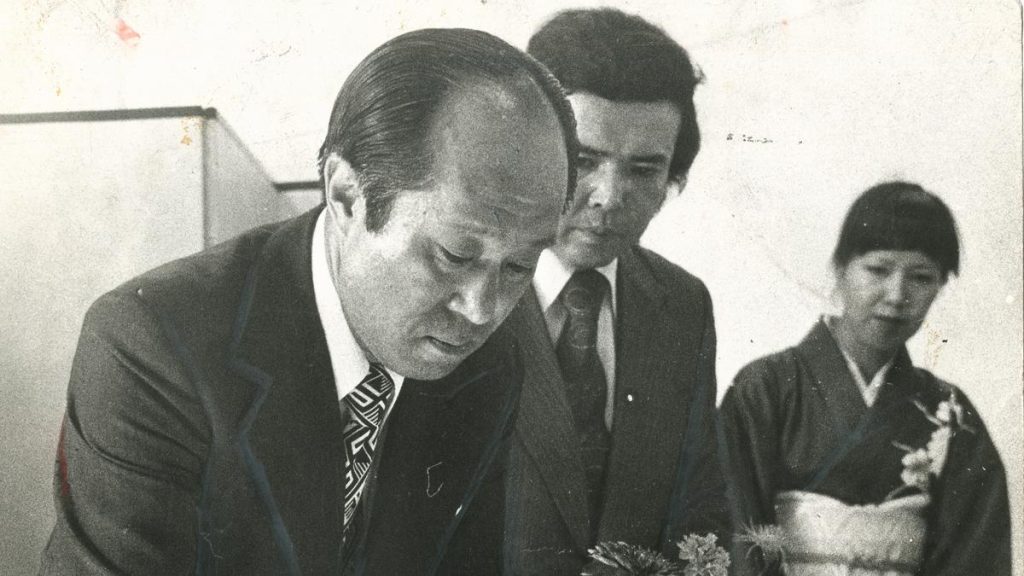Now Reading: Quantum Computers Achieve Unmatched Supremacy Over Classical Systems
-
01
Quantum Computers Achieve Unmatched Supremacy Over Classical Systems
Quantum Computers Achieve Unmatched Supremacy Over Classical Systems

Rapid Summary
- Quantum computing has demonstrated exponential speedup over classical computers for the first time using two IBM Quantum Eagle processors (127-qubit each).
- Researchers, led by Daniel Lidar at USC and Johns hopkins, published thier findings in Physical Review X, showcasing an unconditional advantage for solving Simon’s problem.
- Key improvements enabling the breakthrough: shorter circuits, smarter pulse sequences, “dynamical decoupling” (to mitigate noise), and measurement error corrections.
- The milestone represents scaling speedup, where performance gaps between quantum and classical algorithms grow with increasing problem size-a doubling of advantage per additional variable.
- Practical applications of this result remain limited to specific theoretical problems like Simon’s guessing game; real-world use cases are still distant due to noise reduction challenges and reliance on oracles.
- The research solidifies quantum computing’s exponential performance promise but is not yet ready to effectively solve practical problems.
Indian Opinion Analysis
This breakthrough demonstrates meaningful progress in quantum computing by achieving an unconditional exponential speedup. For India, a burgeoning IT hub that actively invests in emerging technologies like AI and quantum research, this milestone represents both chance and challenge. While direct applications remain elusive due to technical limitations like high noise levels in current hardware systems, it sets a precedent for tackling large-scale computational problems that may eventually benefit industries such as pharmaceuticals or cryptography-areas ripe for exploration within India’s innovation ecosystem.
India should monitor global advancements while fostering homegrown talent through academic collaborations with institutions pushing such boundaries. Whether leveraging intellectual capital or contributing to hardware innovation itself will determine how effectively India integrates into or leads next-gen computation paradigms reliant on these breakthroughs.

























